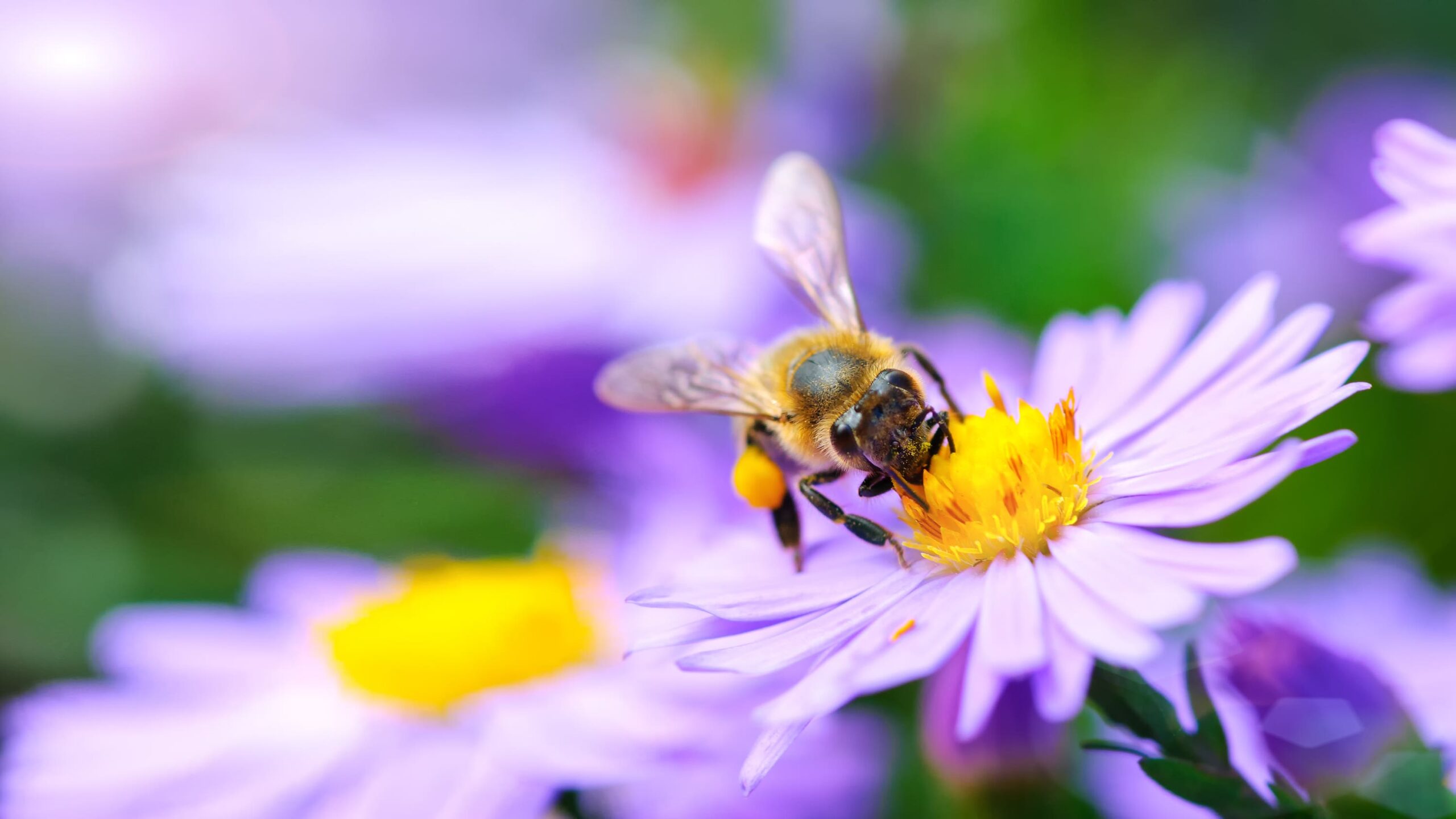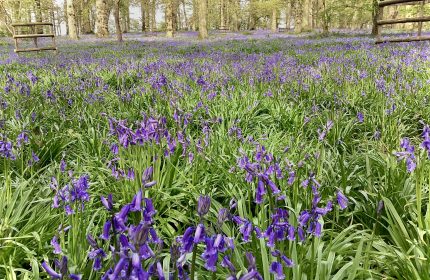3 easy ways to make your garden more attractive to pollinators
Let there be life.
Even the nation’s most avid gardeners might be surprised at how important their green fingers are to local wildlife.
A new study published in the Journal of Ecology found that residential gardens account for 85% of all nectar produced in urban areas. According to the data, it takes three gardens approximately one day to produce a teaspoon of the stuff – equivalent to over a tonne of food for an adult human.
Here’s how to make your garden more pollinator-friendly, to help bees, butterflies and other essential insects…
1. Do not use pesticides
Pesticides don’t tend to be very choosy about what they kill, and if they’re offing one pest, they may well be taking several pollinators with them. If you must use pesticides, find the least toxic option, and follow the instructions very carefully.

If at all possible, it’s better to remove the menace manually. Slugs and snails are best caught after dark when they’re most active – round them up by hand and release them away from your plot.
2. Cultivate a wide array of flora
It goes without saying that you want a decent number of plants, but you also want a decent number of species.
Vary up your colour palette: bees in particular have good vision for their size, and are especially attracted to purple and blue, while other pollinators like butterflies respond to a host of different colours.
Mixing flowers with vegetables can afford the desired diversity. A lot of herbs can be attractive for insects, and these can fit nicely in or around a vegetable garden. Remember that you’re not just planting for summer – insects need grub whatever the season, so spring, autumn and even winter-flowering bulbs and plants will give bugs a needed boost during the fallower months.
Also don’t be too quick to wipe out the weeds. Species like lawn clovers and dandelions can still cough up nectar and pollen, and you might wish to leave a small portion of garden untended, to let nature do its thing.
3. Leave out a water saucer
It’s easy to forget insects need water, however obvious it may be when you stop and think, and if they can’t get it from your garden, they’ll have to go elsewhere.

Leave out a saucer or shallow plant pot filled with water to make your garden a one-stop shop, and check for potential refills every few days. Bees and bugs need somewhere to sit while they drink, so if you can, fill the saucer with rocks that just permeate the water’s surface, to provide an easy perch.
The Press Association
Latest posts by The Press Association (see all)
- How to keep your money safe – as criminals ramp up AI tactics to steal consumer data - April 16, 2024
- What are heat pumps and could they help your home save energy? - April 15, 2024
- Trailer for Bridgerton season three teases new friends-to-lovers romance - April 12, 2024
- A decluttering expert explains how to sort out your finances while spring cleaning your home - April 12, 2024
- 3 healthy air fryer recipes you can make in under 30 minutes - April 12, 2024





















